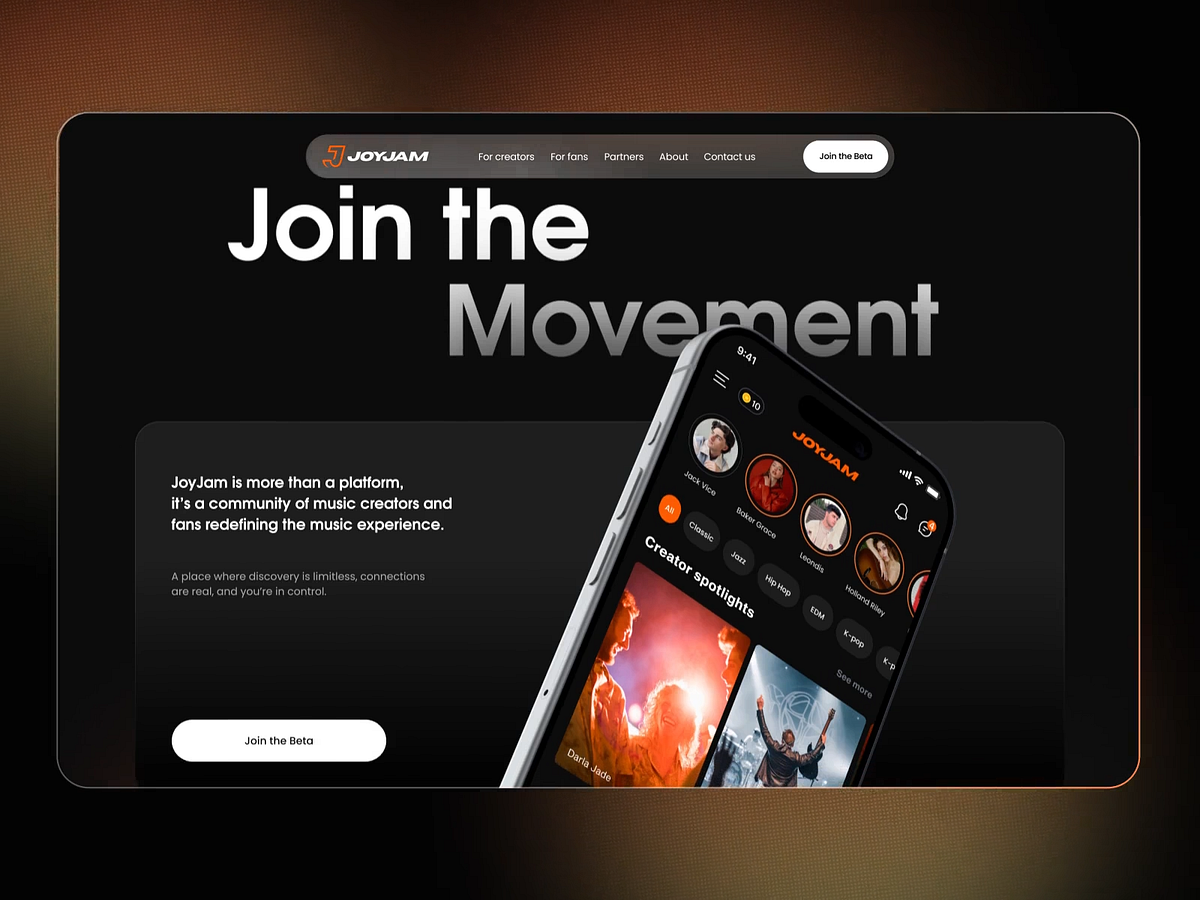
"There are a few key factors that make an interface clear. They shape how people see your product, whether they want to come back, and if they'll repeat the experience. Right now, there's no magic template - not even AI - that can instantly make your design obvious and attractive. A truly intuitive interface comes only from systematic work: taking into account the business goals, the product itself, and the way your audience thinks."
"A template ≠ an intuitive interface Think of an intuitive interface as a map you can easily follow. Yes, intuition means predictability: people know where to find the menu or what happens when they click a button. But that's not the whole story. Predictability alone doesn't make an interface clear. The overall visual design instantly sets the tone:"
Poorly designed interfaces cause immediate confusion and prompt users to leave or give up after several attempts. Clarity depends on multiple factors: predictable layouts, visual quality, alignment with business goals, product characteristics, and user cognition. No template or AI can instantly create an intuitive interface; systematic work and an understanding of the audience are required. Visual quality shapes trust and ease of use; bad visuals increase cognitive load and hinder even well-structured navigation. Small obstacles accumulate into user frustration; identifying and removing those obstacles improves retention and repeat engagement.
Read at Medium
Unable to calculate read time
Collection
[
|
...
]